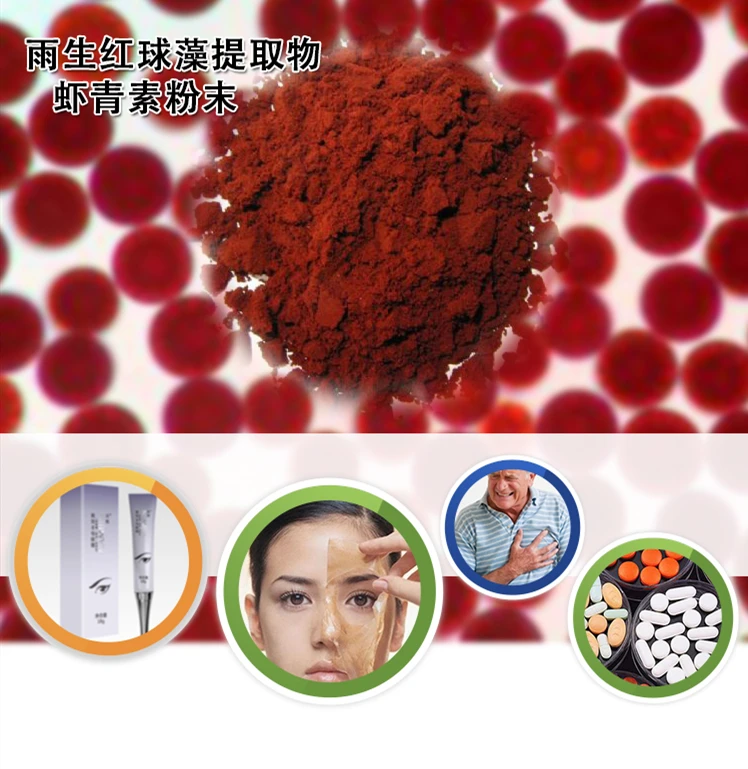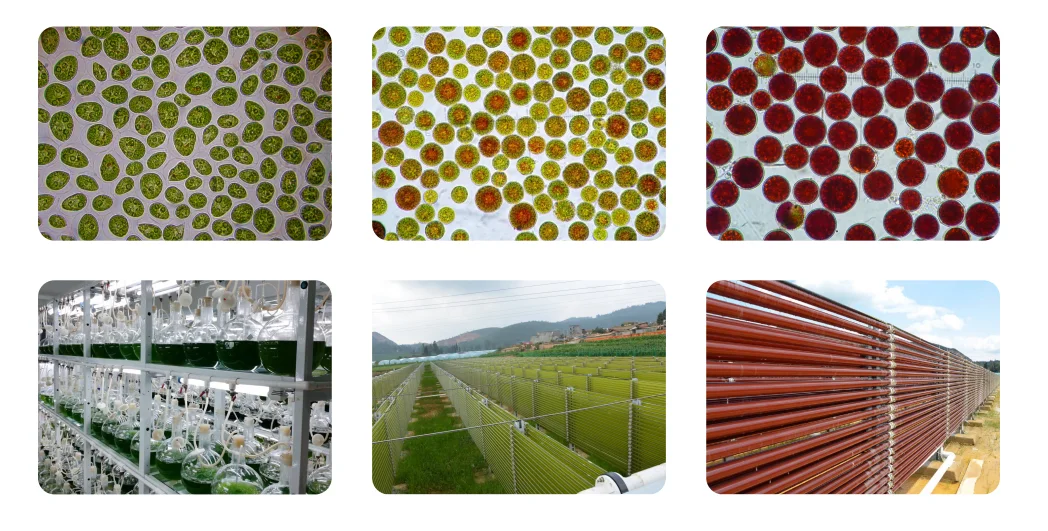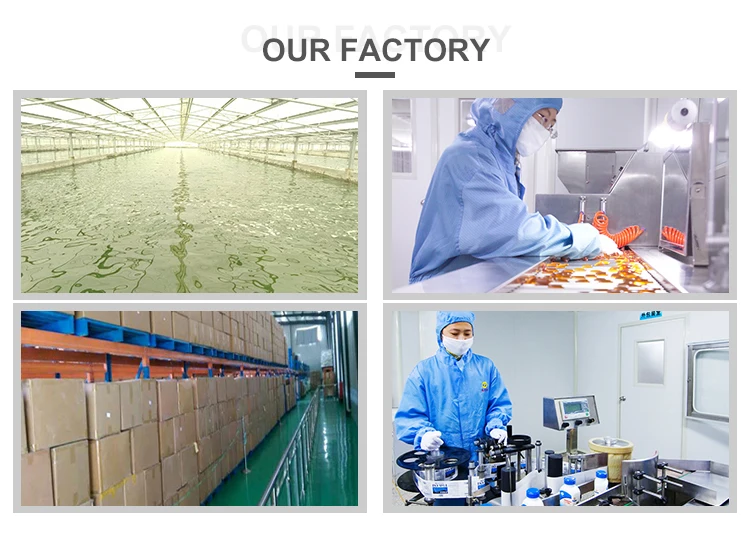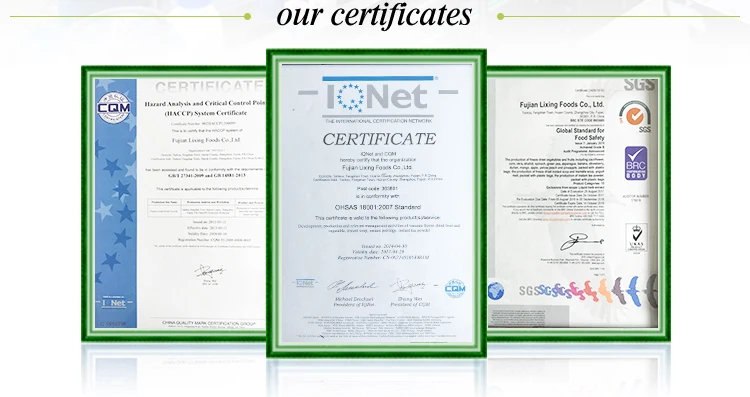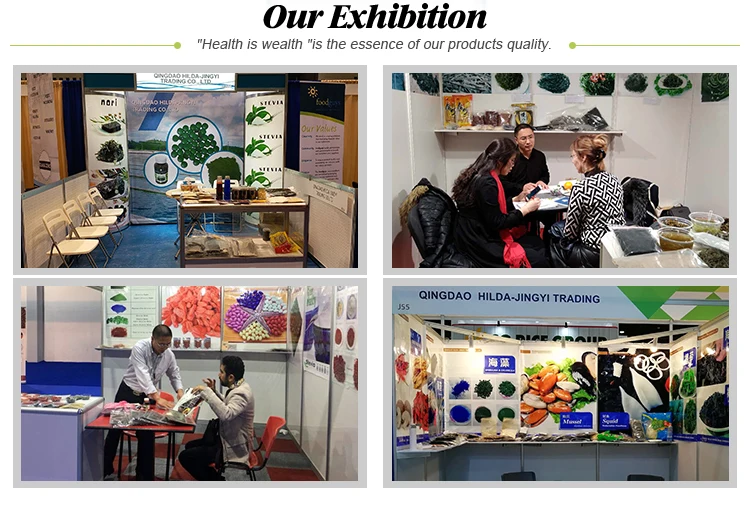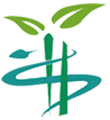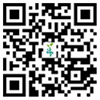Pure Astaxanthin Haematococcus Pluvialis Powder Astaxantin Powder
Introduction
Haematococcus Pluvialis is a kind of freshwater unicellular algae, belonging to chlorophyta, volvocales, ball, red found genera, red found of extreme environment with a strong ability to adapt when it at the lack of nutrition, or such as luminosity, temperature, not suitable for conditions such as algae body comprises a movement of the vegetative cell into a thick wall static spores, at the same time a large number of color of astaxanthin accumulation, astaxanthin is a Carotenoids have strong antioxidant activity and are by far the most powerful antioxidants found in nature
Product Detiles
specifications
Specification
Astaxanthin 1%, 1.5%, 2%,2.5%, 3%, 3.5%,5%, 10% UV/HPLC
Function
Haematococcus pluvialis extract astaxanthin supplement Hplc synthetic astaxanthin
Astaxanthin, unlike several carotenes and one other known carotenoid, is not converted to vitamin A (retinol) in the human body.
Like other carotenoids, astaxanthin has self-limited absorption orally and such low toxicity by mouth that no toxic syndrome is
known. In vitro, it is an antioxidant with a slightly lower antioxidant activity in some model systems than other carotenoids.
Astaxanthin can be used as a dietary supplement intended for human, animal, and aquaculture consumption.
Introduction
Introduction
Haematococcus Pluvialis is a kind of freshwater unicellular algae, belonging to chlorophyta, volvocales, ball, red found genera, red found of extreme environment with a strong ability to adapt when it at the lack of nutrition, or such as luminosity, temperature, not suitable for conditions such as algae body comprises a movement of the vegetative cell into a thick wall static spores, at the same time a large number of color of astaxanthin accumulation, astaxanthin is a Carotenoids have strong antioxidant activity and are by far the most powerful antioxidants found in nature
Source
Haematococcus Pluvialis
Specification
Astaxanthin 1%, 1.5%, 2%,2.5%, 3%, 3.5%,5%, 10% UV/HPLC
Appearance
dark red powder; Dark red oil
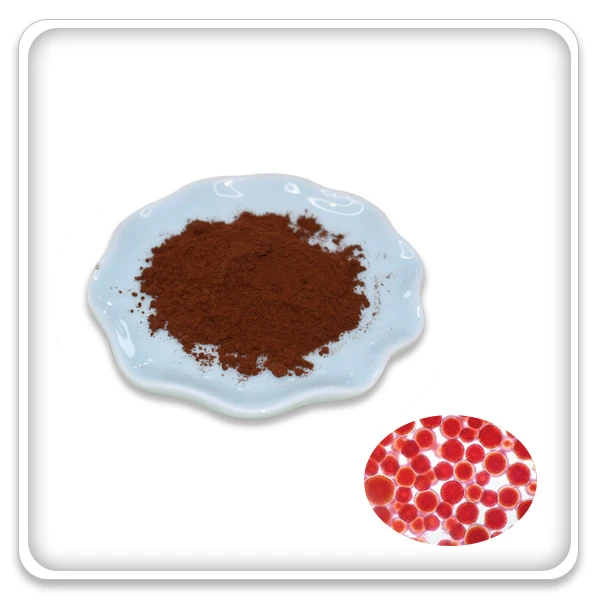
Astaxanthin is a ketone carotenoid, red solid powder, fat soluble, insoluble in water, soluble in organic solvents. It widely exists in the biological world, especially in the feathers of aquatic animals such as shrimp, crab, fish and birds, and plays the role of color. Astaxanthin is a chain breaking antioxidant. With strong antioxidant capacity, can remove nitrogen dioxide, sulfide, disulfide, etc., can also reduce lipid peroxidation, effectively inhibit the lipid peroxidation caused by free radicals. At the same time, it has the physiological effects of enhancing immunity, eliminating free radicals and so on. It has a good therapeutic effect on skin cancer caused by ultraviolet radiation, and also has the prevention and treatment effect on eye diseases. It has a broad application prospect in health care products, cosmetics, food additives and aquaculture. Astaxanthin can be obtained by biological extraction, chemical synthesis, algae, bacteria, yeast, etc. In addition, the application of DNA recombination technology to construct astaxanthin high yield gene engineering is also being studied.
It has a wide range of applications in feed, health products, beauty, and so on.
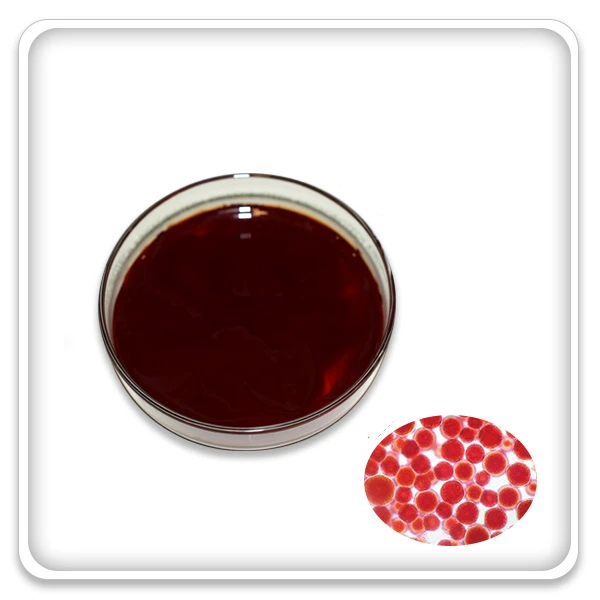
Haematococcus pluvialis extract astaxanthin supplement Hplc synthetic astaxanthin
Astaxanthin, unlike several carotenes and one other known carotenoid, is not converted to vitamin A (retinol) in the human body.
Like other carotenoids, astaxanthin has self-limited absorption orally and such low toxicity by mouth that no toxic syndrome is
known. In vitro, it is an antioxidant with a slightly lower antioxidant activity in some model systems than other carotenoids.
Astaxanthin can be used as a dietary supplement intended for human, animal, and aquaculture consumption.
